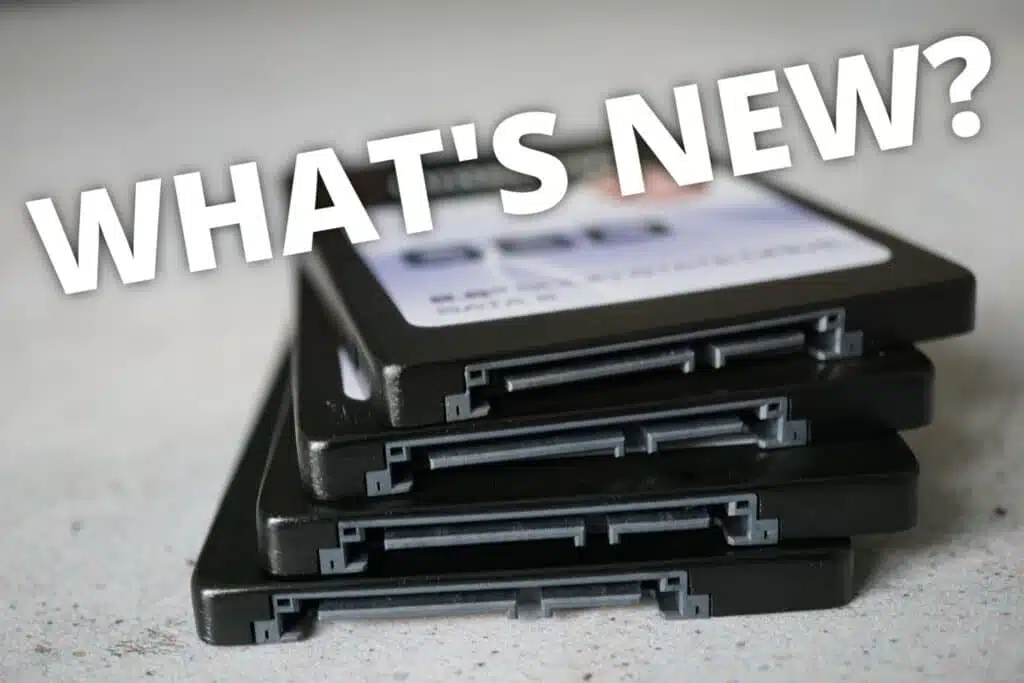19.09.2017

Thunderbolt 3 is a multifunctional interface that is directly compatible with USB Type-C, but also supports DisplayPort and PCIe. For example, external graphics cards can be connected via PCI Express. Corresponding connection cables enable various screen inputs to be addressed. Thanks to a transfer speed of up to 40 Gbit/s, 4K resolution can even be played back twice while data is still being transferred via USB 3.1. In order to promote the spread of the interface, Intel has now announced that it will make the standard license-free and release the specifications for the industry.
For a long time, the SATA interface was the standard for SSDs. However, as SSDs work differently to HDDs, for which SATA was originally developed, an increase in speed is no longer possible and a completely new protocol is required. Depending on which interfaces the respective PC provides, SSDs with SATA 6G, its further development SATA Express (SATAe), m.2 or PCI Express (PCIe) can be used. More information on these interfaces can be found here.
Intel recently introduced a new form factor for SSDs, previously known as "Ruler". As the name suggests, this is a long, flat bar. Thanks to the dimensions of 325.35 x 36.8 x 9.5 mm, up to 32 Ruler SSDs fit into a server with a height of 1U. With a planned capacity of 32 TB per SSD (currently still 16 TB), such a rack server would achieve a storage capacity of 1 PB (petabyte). The first SSDs in the new "Ruler" format should be on the market by the end of the year, and there may also be modules with double the height.
It is now widely known that storage prices have risen considerably in recent months. Unfortunately, there is still no end in sight - this is expected to continue in 2018 - as the most important manufacturers are devoting more and more of their production capacity to server and smartphone memory. Solutions to the problematic memory shortage would be, for example, a more efficient architecture or adapting the firmware and software to improve and intensify the use of the available memory. More thoughts on the subject can be found here:

Machines that know when they need to be serviced before anything breaks down. Sounds like a dream of...

Digital signage has long been much more than just static screens. In times of Industry 4.0, smart bu...

SCADA systems enable real-time monitoring and control of industrial processes and are central to Ind...
You need to load content from reCAPTCHA to submit the form. Please note that doing so will share data with third-party providers.
More Information